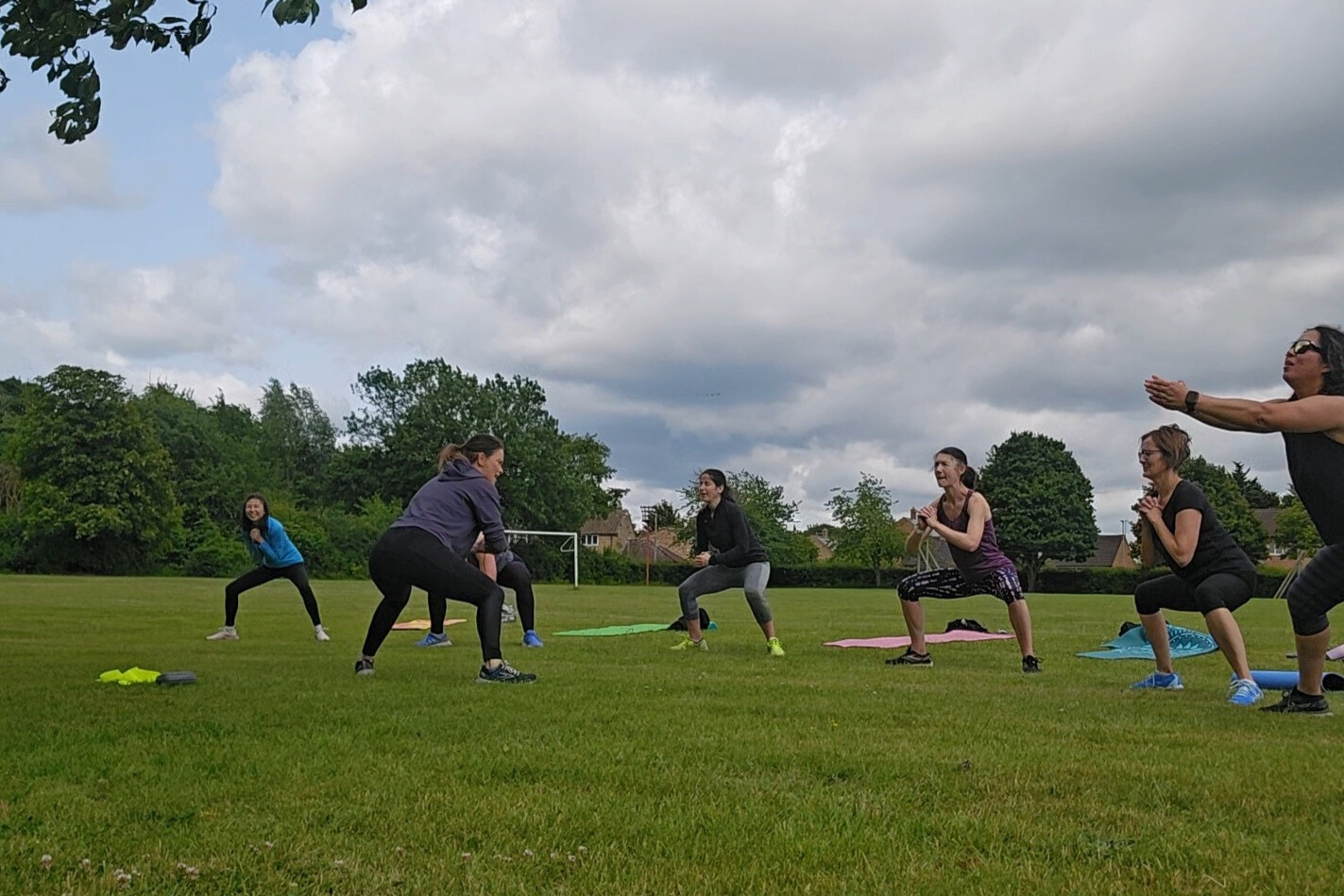As we move through perimenopause and beyond, our bodies change, but our ability to grow stronger, feel confident, and maintain vitality remains firmly in our hands.
This personalised guide is designed to help you build strength, tone up, and maintain your health and independence for life.
Whether you’re in your 40s, 50s or beyond, now is the perfect time to start (or revisit) a fitness routine that focuses on building strength and confidence from the inside out.
In this blog, I’ll walk you through:
- How to train effectively using the F.I.T.T. principle
- Why resistance training is essential during and after menopause
- How to fuel your body with the right nutrients for muscle tone, strength and hormone health
- Easy ways to personalise your fitness and nutrition plan


What is the F.I.T.T. principle – and why should it matter to you?
The F.I.T.T. principle is a simple but powerful way to structure your training routine, especially when your goal is to build strength, improve muscle tone, and maintain mobility into later life.
| F.I.T.T. | General Guidance | Goal-Specific Advice |
|---|---|---|
| Frequency | Exercise most days of the week. Aim for at least 2–3 strength-based sessions. | 3–4 resistance-based sessions/week, plus walking or low-impact cardio. Regularity is key to maintaining muscle mass through hormonal shifts. |
| Intensity | Moderate to high (depending on joint health, experience and energy levels). | Use progressive overload: moderate weights that feel challenging by rep 8–12. Track lifts to gradually increase resistance. |
| Time | 30–60 minutes per session. Include warm-up, strength, and mobility/stretch work. | Start with 40-minute full-body workouts or split routines. Consistency beats intensity during lower-energy weeks. |
| Type | Prioritise resistance training, weight-bearing exercises, mobility work. | Include compound lifts (squats, lunges, push/pull movements), core stability and balance exercises. Yoga/Pilates can support joint health and recovery. |
Why strength training is essential through perimenopause


Eat well to stay strong – nutrition tips for midlife women
What you eat can either support or sabotage your strength training results – especially as your metabolism and hormone profile begin to shift.
Create a balanced, menopause-friendly diet:
- Fill at least 1/3 of your plate with colourful vegetables and fruit
- Choose wholegrain carbs for fibre and energy (brown rice, oats, quinoa)
- Include lean protein with every meal to repair muscle and manage appetite
- Eat calcium-rich foods to support bone health (milk, yoghurt, fortified dairy alternatives)
- Add healthy fats (olive oil, oily fish, seeds) to support hormones and heart health
- Stay hydrated – aim for 6–8 glasses of water a day
Additional key nutrients for menopause & strength
| Nutrient | Why You Need It | Sources |
|---|---|---|
| Calcium & Vitamin D | Maintain bone density and prevent fractures | Dairy, fortified milk, sardines, sunlight |
| Omega-3s | Reduce inflammation, support heart and brain health | Flaxseed, salmon, chia seeds, walnuts |
| Magnesium | Supports sleep, mood and energy production | Dark leafy greens, pumpkin seeds, wholegrains |
| Phytoestrogens | Plant-based compounds that may help balance hormones | Soya, flaxseed, chickpeas |
Learn more about how a personalised training and nutrition plan can help you navigate menopause
Training through menopause isn’t about pushing harder – it’s about working smarter. A personalised combination of strength training, balanced nutrition, and lifestyle support can help you feel stronger, more energised, and confident in your body for life.
If you’d like help creating a plan that works for your schedule, body and goals – I’d love to support you.



